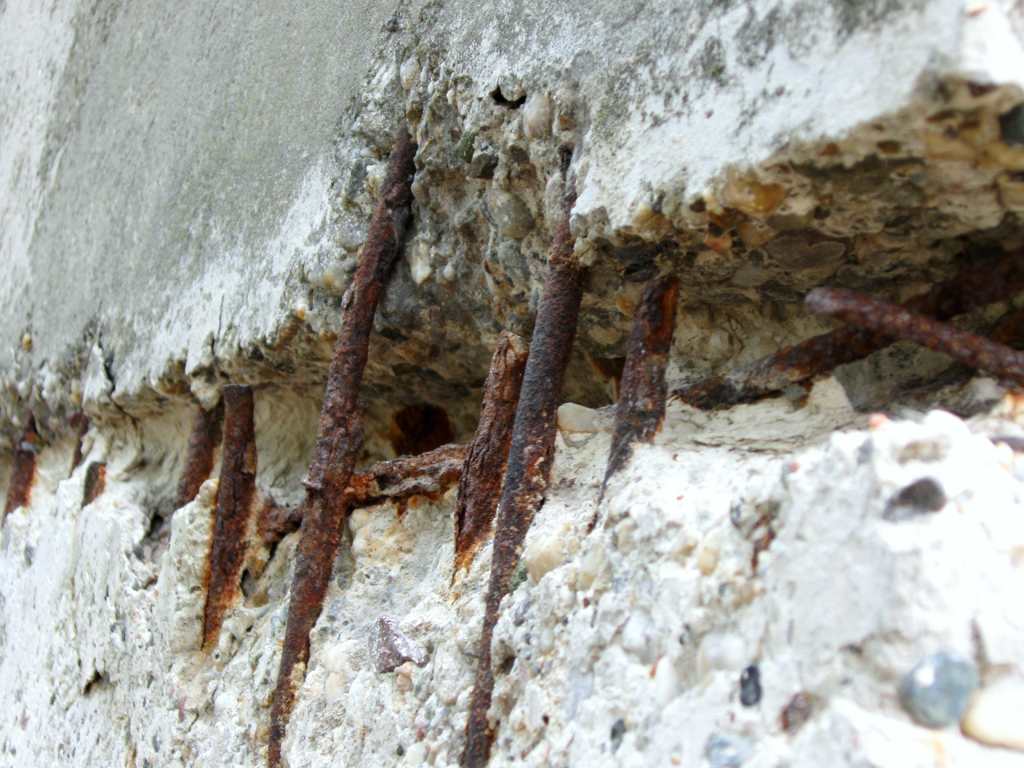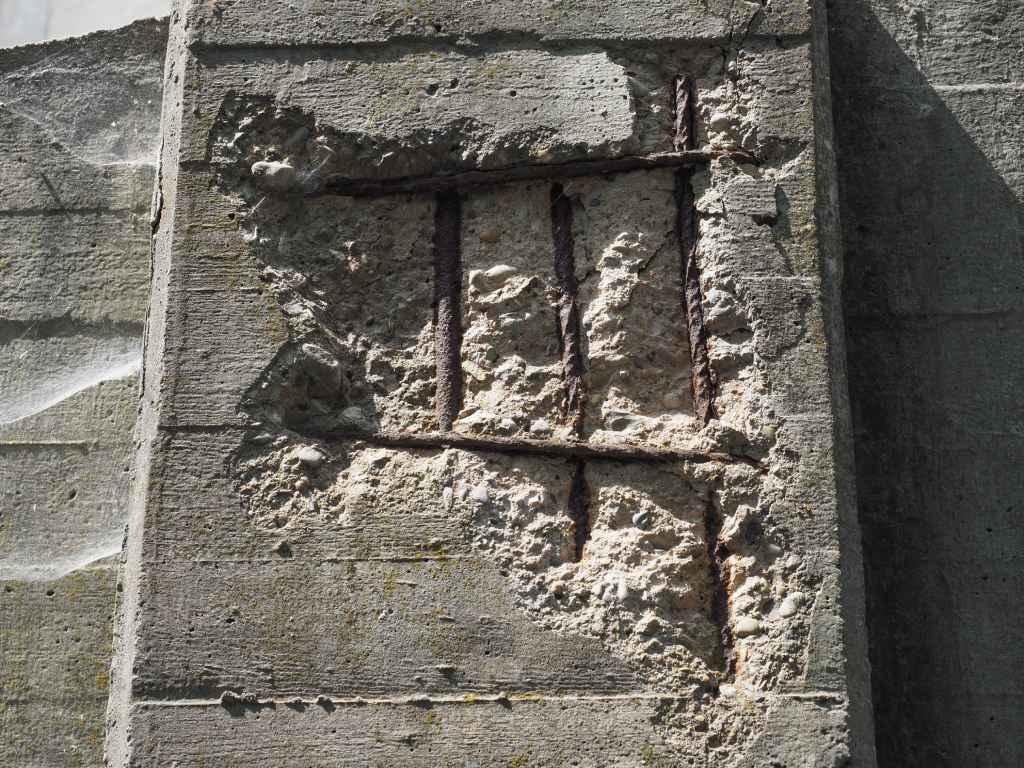Concrete Corrosion and Moisture Monitoring
Innovative technology for smart buildings
InfrastructureTek’s “hockey puck” size corrosion and moisture sensors are a simple and cost-effective early warning system when placed at vulnerable points of a structure. Our unique wireless sensors–which require no batteries or external wires–automatically monitor the structure’s internal health. So you can foresee damage before it manifests in costly and disruptive rehabilitation.
Identify structural health problems early. Avoid future costs.


Its inherent strength and versatility make concrete the most widely used construction material. Reinforced concrete allows for the design of elegant structural shapes that are economically efficient with superior strength; however, such structures are not immune from deterioration. Moisture and chlorides from external environmental influences cause internal damage that one cannot reaadily detect from the outside of the structure during early stages. Once the corrosion begins, it spreads when left untreated—jeopardizing the safety of the structure and its tenants.
The stage at which corrosion inside the concrete is detected is directly correlated to the costs for its maintenance and future repair. Structural health monitoring systems (SHM) help identify and quantify these structural defects early, when repair and rehabilitation is more cost-effective.
Value preservation, safety, and sustainability
Traditional maintenance protocols and condition assessments are labor-intensive and based on reactive strategies. In other words, people usually perform repairs and interventions after damage has already occurred. Visual and non-destructive testing (NDT) methods have very limited success in detecting early corrosion.
Because the rebar corrosion process causes the concrete structure to die from the inside out, there could be more than a 10-fold increase in rehabilitation costs between early and late stage detection–when corrosion activity is manifest by outward evidence such as cracking and/or spalling of the concrete.
Concrete Structural Corrosion Monitoring
Concrete know-how from the inside-out
Our sensors require no direct energy–no batteries and no wires. An external gateway or handheld reader induces power from the outside. The I-Tek Universal Monitoring System transmits corrosion and moisture data to our hub for analysis.
The system extension enables on-site reading or querying of data remotely. After processing the data, it is analyzed and displayed in dashboards and customized reports on the I-Tek’s structural health monitoring platform.
Long Life
When placed inside concrete our RFID technology can assess its condition and transmit real-time data for a lifetime of up to 80 years.
Install sensors into new or existing structures
If you’re curious how to install the sensors, it can be done before the concrete, during repair, or into existing concrete. Bridges, multi-story parking garages, buildings, tunnels, stadiums, pre-stressed/post-tensioned structures are ideal venues for this technology. Our case studies provide real world examples and discussion.